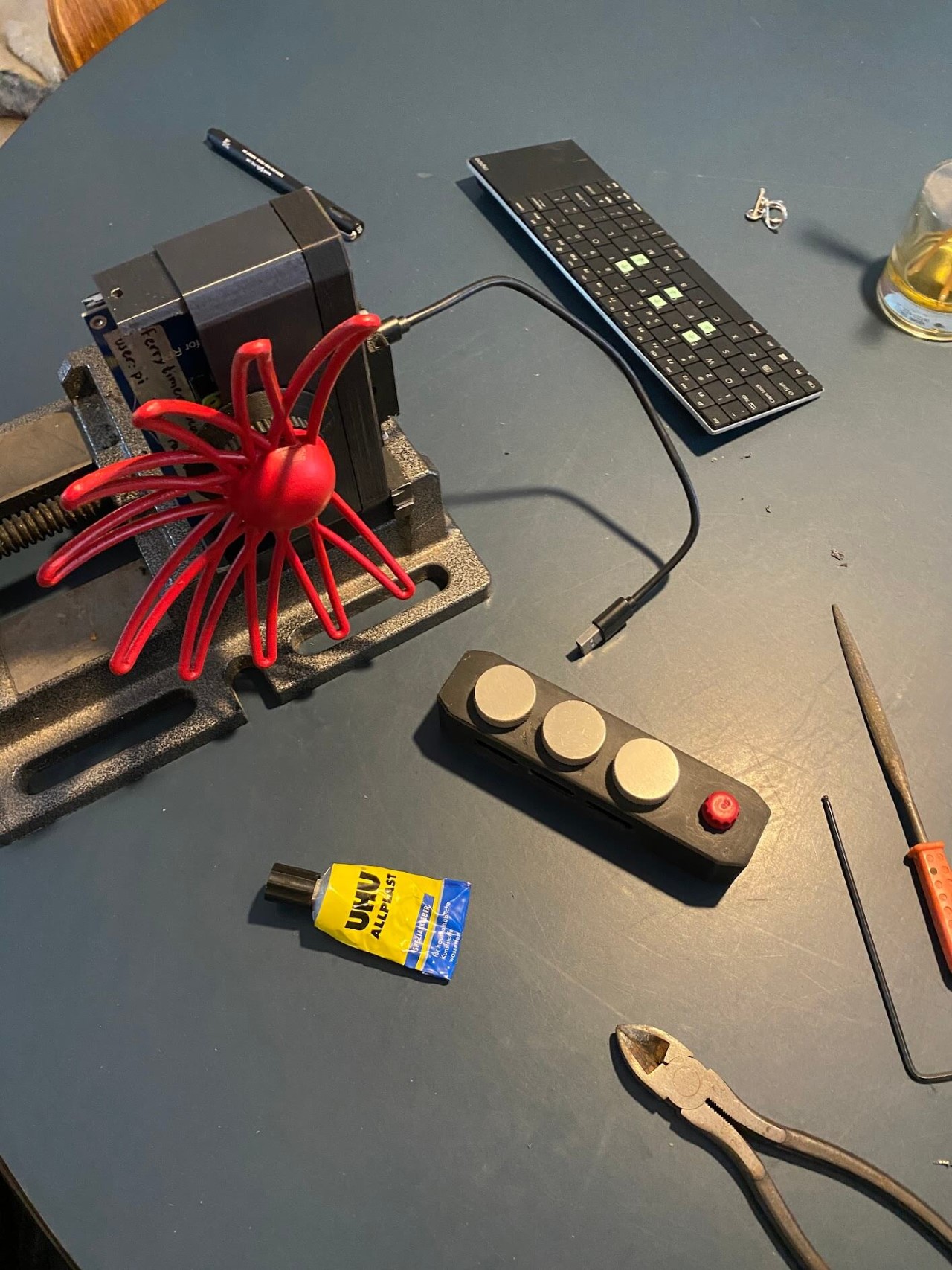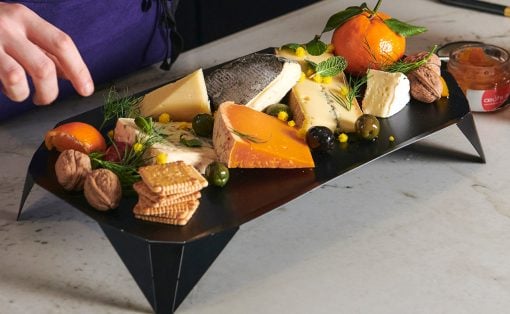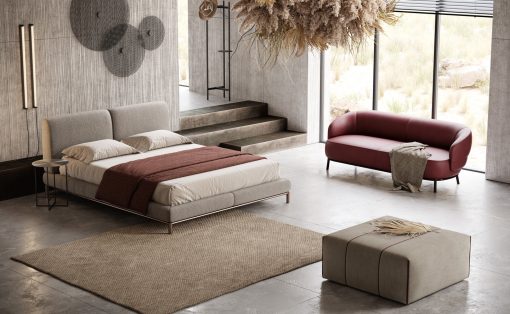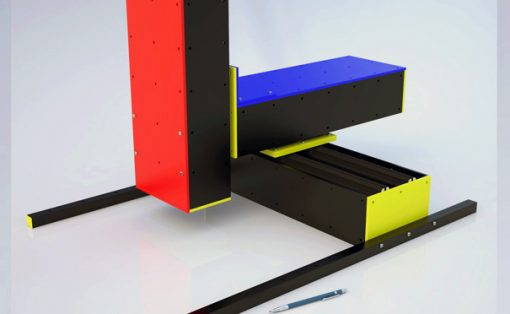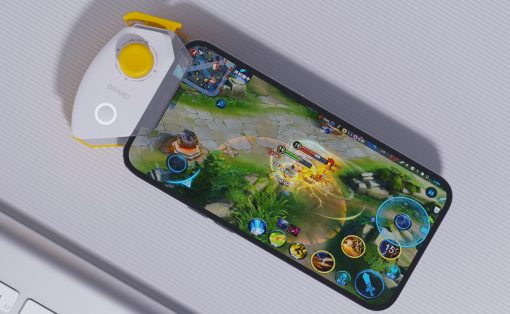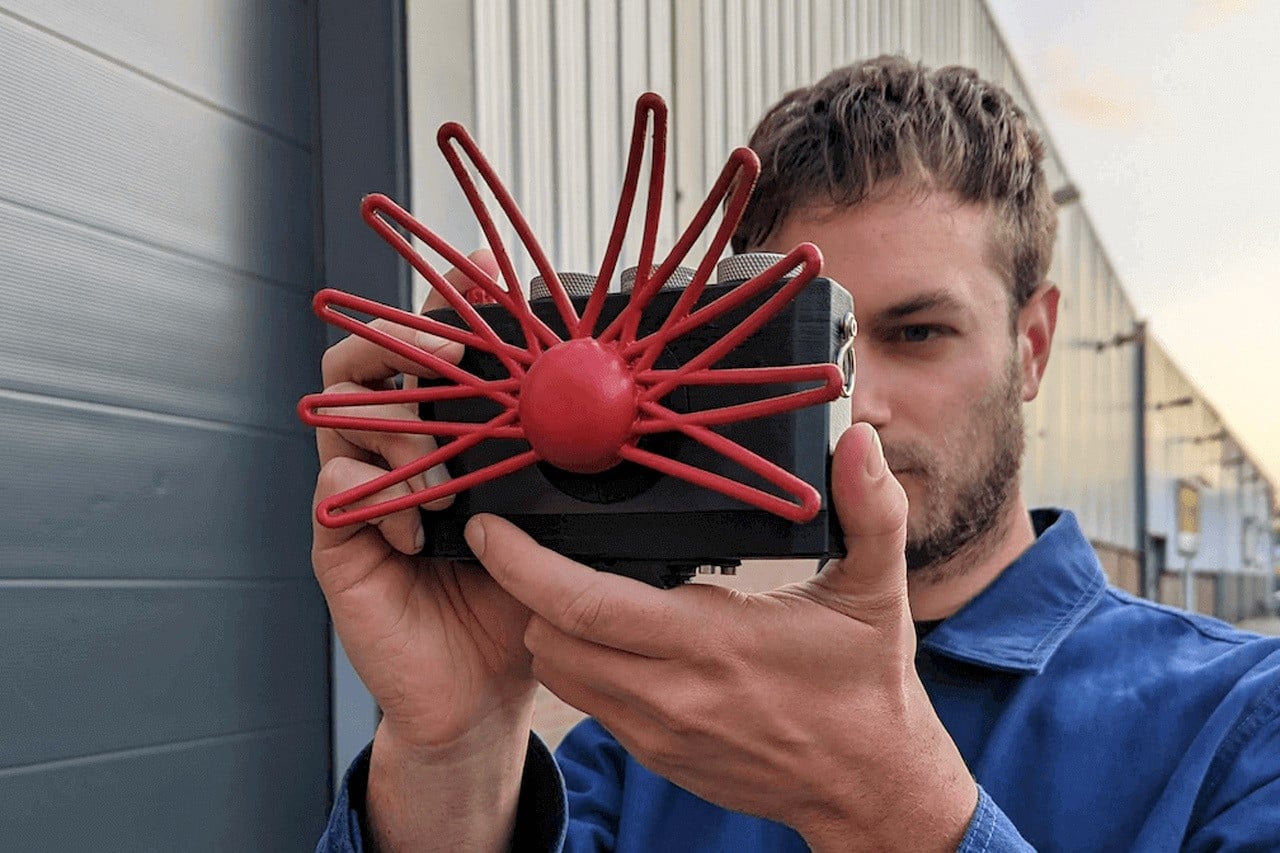
In this world of AI and text-to-image generation models, I find myself asking one question over and over again – What is a photo? Is it something you capture using a lens and film? Or an imaging sensor? Is it a handful of pixels that have been arranged by a camera, or a human, or an AI? If the latter is true, then photography extends well beyond what a camera does. Meet Paragraphica, a camera created by Bjørn Karmann that has no lens, no sensor, in fact, it has no imaging tech at all. Yet, the Paragraphica takes photos of scenes… How? Well, the short answer is, it uses AI and location data to imagine what you’re looking at. The longer answer is much more fascinating!
Designer: Bjørn Karmann
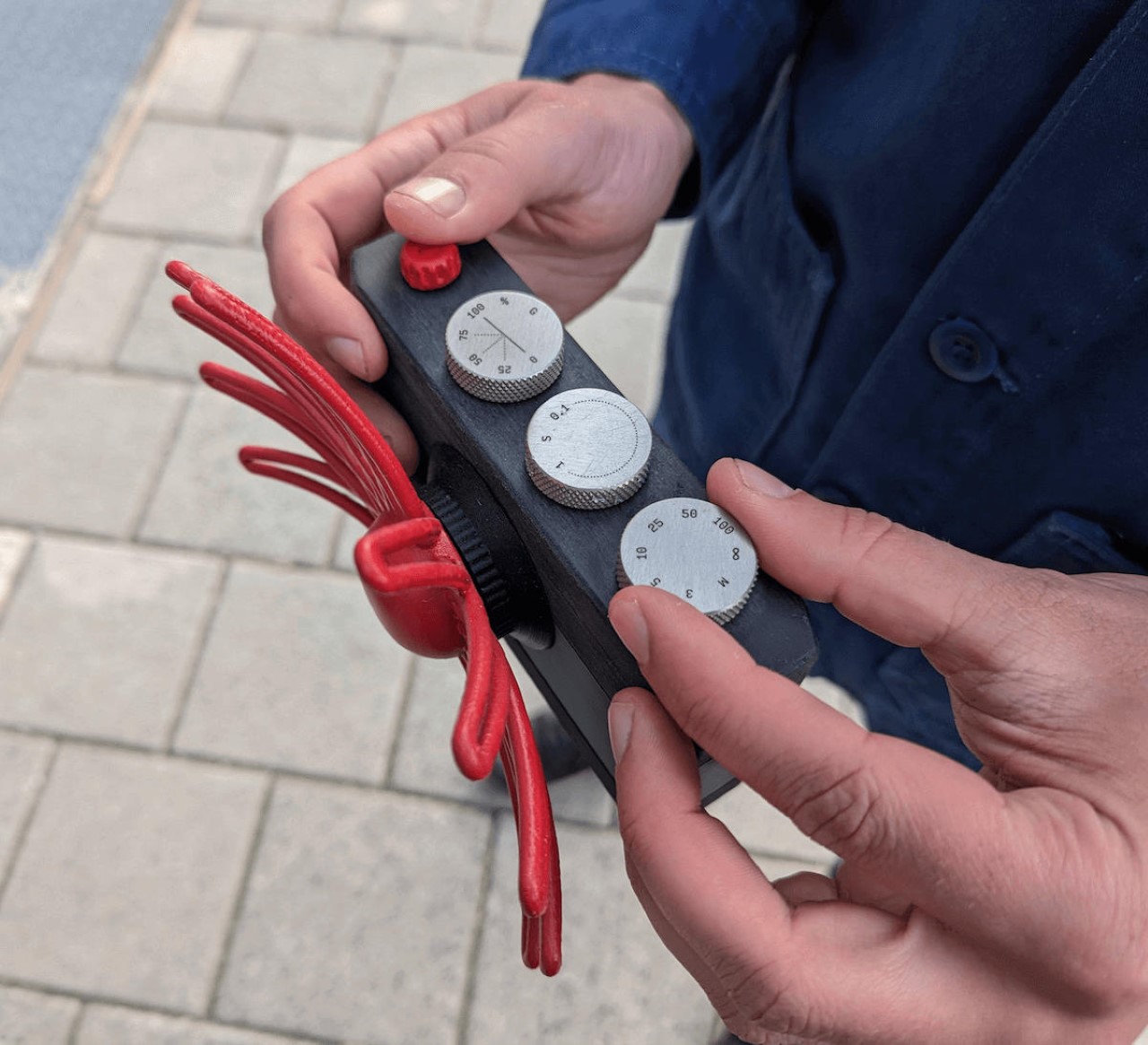
The term “Captures Photos” with the Paragraphica might be a bit of a stretch, because it doesn’t really capture anything. Rather, it generates photos using location data, from Google Maps, to be precise. The Paragraphica can tap into your location and find a corresponding image of what you’re looking at in Google Street View. It then uses your time of day, the weather, along with a few other parameters to run an Image to Image AI model and generate a new, whimsical photograph from scratch.

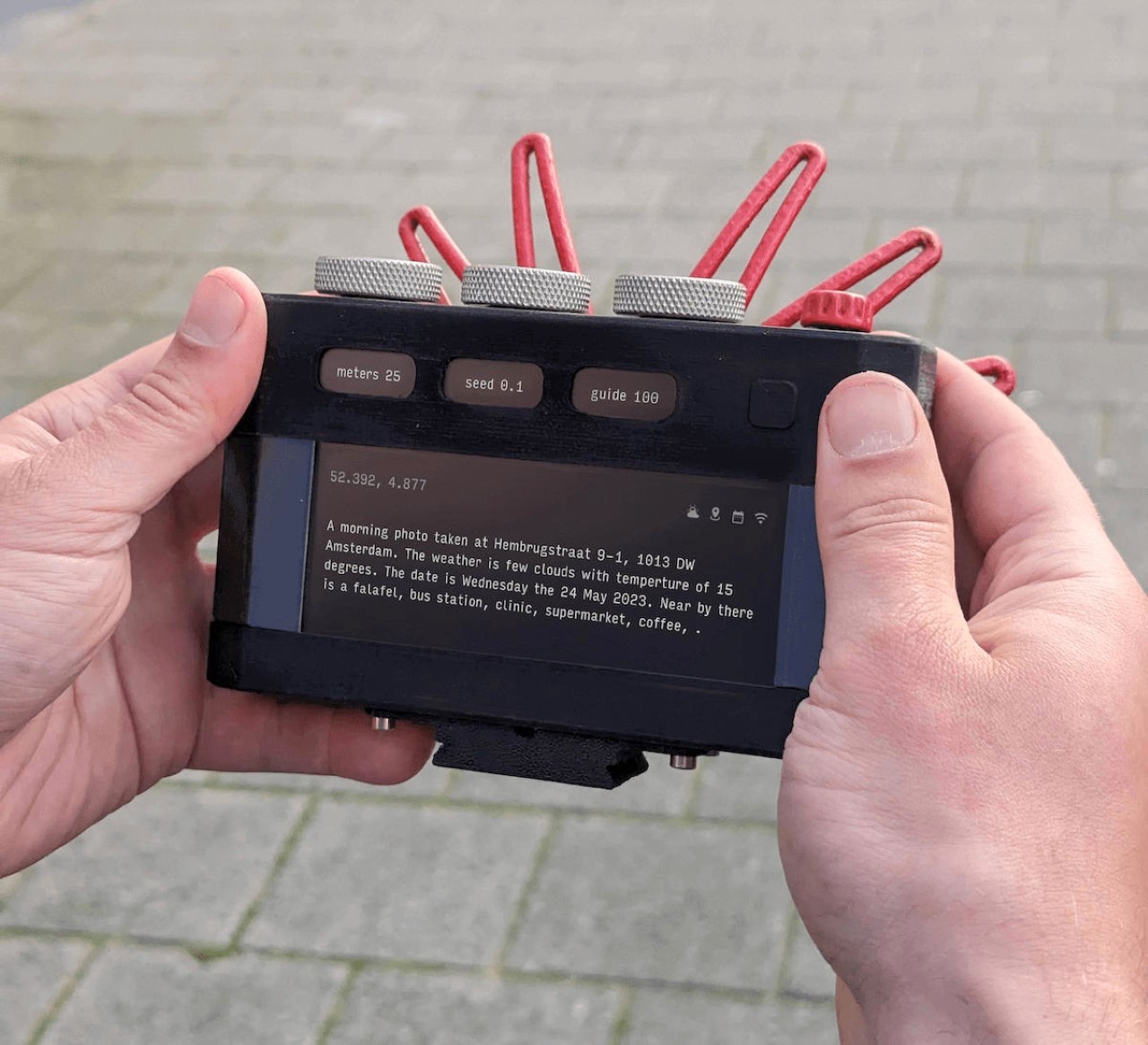
The camera functions by gathering information from its surroundings through open APIs. It takes into account the location, weather, time of day, and nearby landmarks. By combining all of these data points, Paragraphica creates a paragraph that accurately depicts the current place and moment. Using a text-to-image AI, the camera then transforms the paragraph into a “photo”. However, this is not just any ordinary snapshot. The resulting image is a complex and nuanced representation of the location, and how the AI model perceives it. Below is a look at how the Paragraphica composes prompts and uses them to generate images. There’s a lot of room for varied input, which can further be adjusted by three knobs on the top of the camera.
“Interestingly the photos do capture some reminiscent moods and emotions from the place but in an uncanny way, as the photos never really look exactly like where I am,” says Karmann.
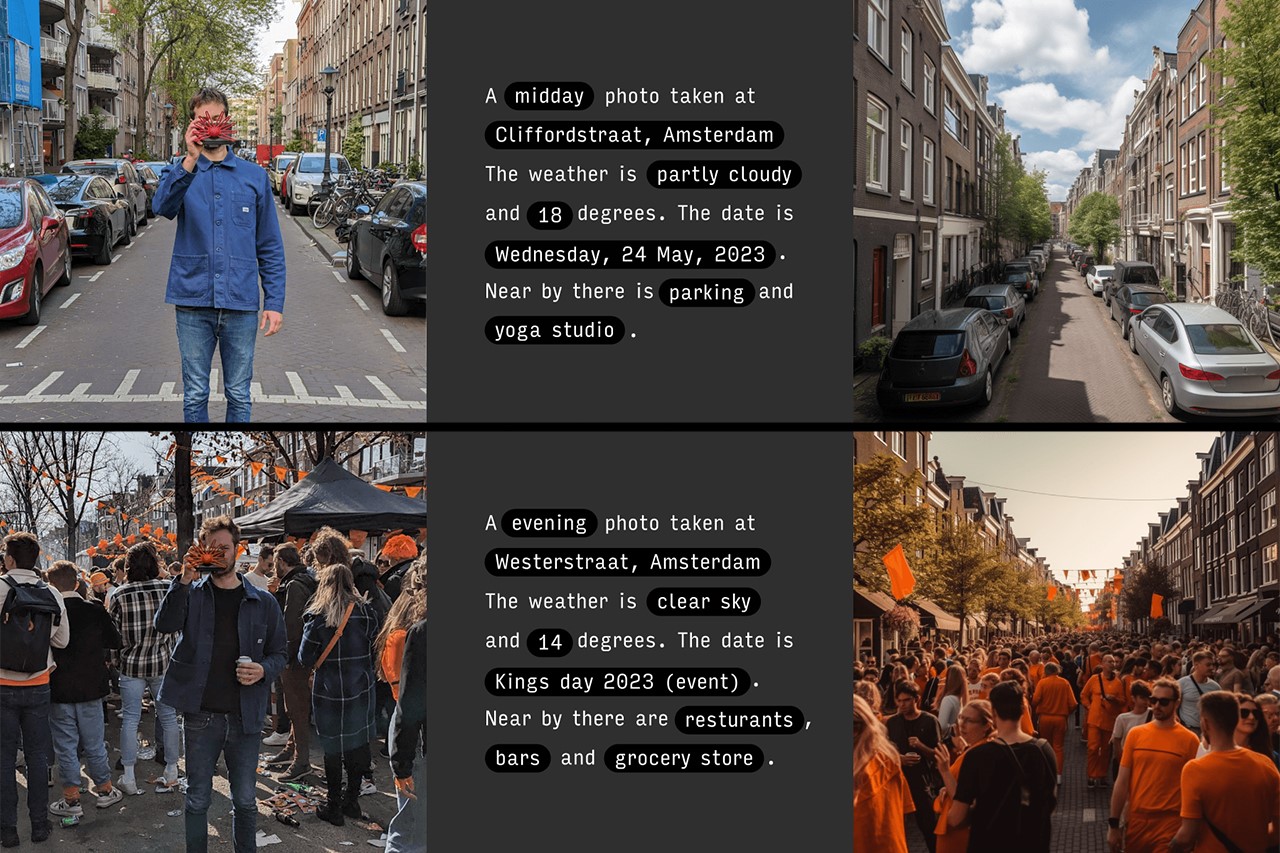
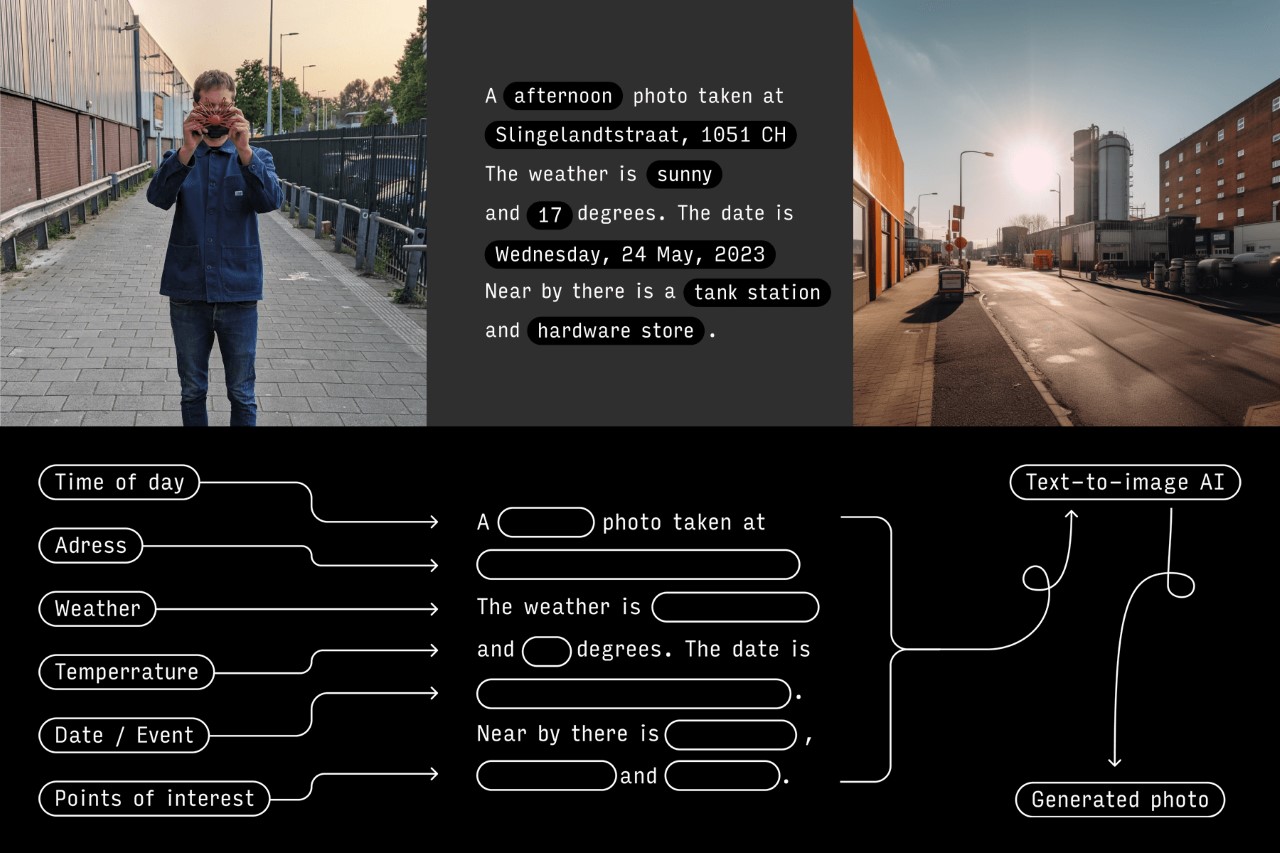
The three knobs let you control your overall output, working somewhat like how you’d adjust aperture, exposure, and focal length on your analog or digital camera. The first dial on the AI camera operates much like the focal length of a camera lens, but instead of adjusting the focus, it controls the radius (measured in meters) of the area that the camera scans for information and locations. The second dial, on the other hand, helps decide what kind of image you create. Much like in Midjourney, playing with the seed value creates new bases for different image styles. The third dial, which controls the guidance scale, is akin to focus in a traditional camera. Increasing the guidance scale causes the AI to adhere more closely to the paragraph, resulting in a “sharper” image, while decreasing it produces a “blurrier” image.
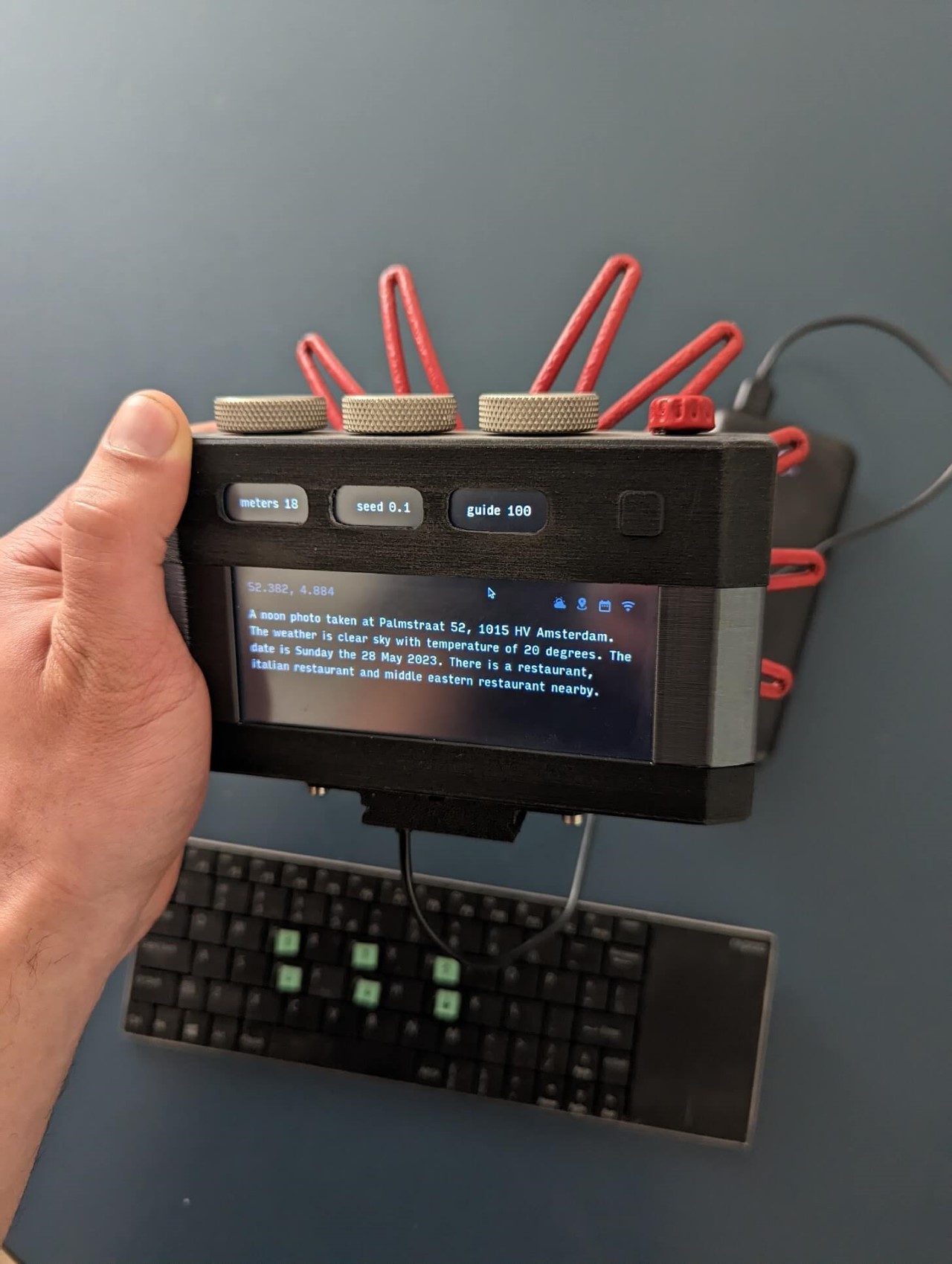
The name Paragraphica is rather interesting because it highlights the journey of paragraph to graphica, while sounding like photographic. The product highlights a rather quirky yet beautiful design too. It looks and feels exactly like a camera so you instantly know how to hold or use it. However, the difference with the Paragraphica is the palpable lack of a camera lens. Instead, designer Karmann decided to create a unique red star-shaped dish on the front. The detail draws inspiration from the star-nosed mole, which lives and hunts underground, relying on a tentacle-like nose to feel and forage around rather than eyes to see. “This amazing animal became the perfect metaphor and inspiration for how empathizing with other intelligences and the way they perceive the world can be nearly impossible to imagine from a human perspective,” said Karmann.
It’s worth noting that the Paragraphica (although just a pet project for now) has a few distinct limitations. It works best with sceneries, given that it taps into location data and Street View images. This means the Paragraphica can’t shoot faces, objects, or even buildings. The prompt only accounts for environmental scenes, although a few adjustments to the AI could possibly unlock new capabilities. For now, the Paragraphica camera also outputs only single square-shaped images, and can’t do videos, panoramas, or even landscape/portrait shots.
